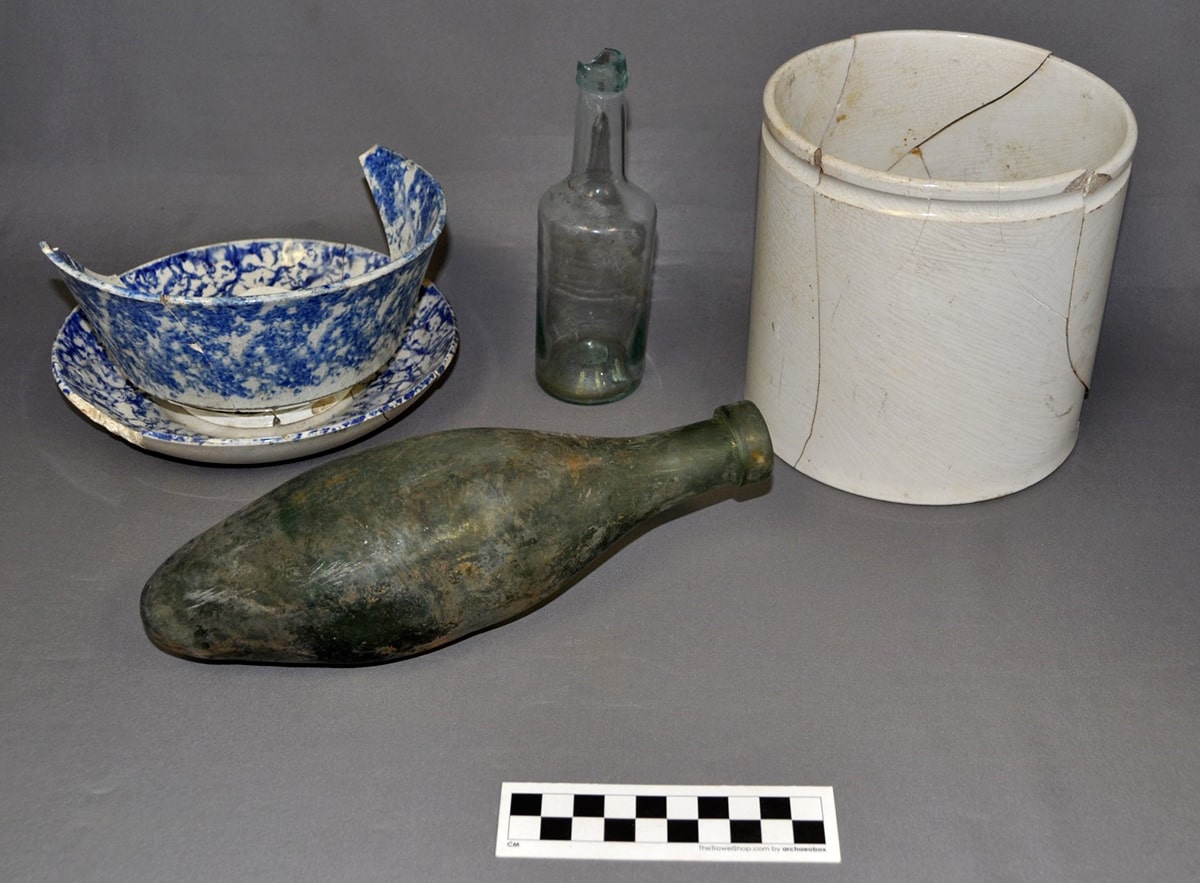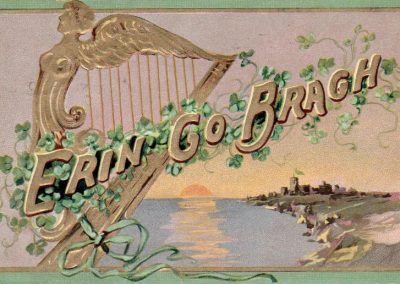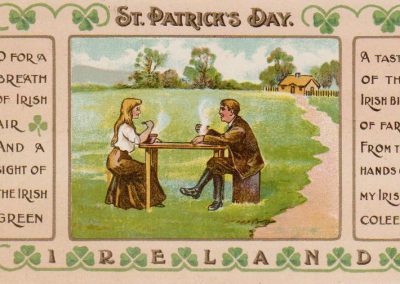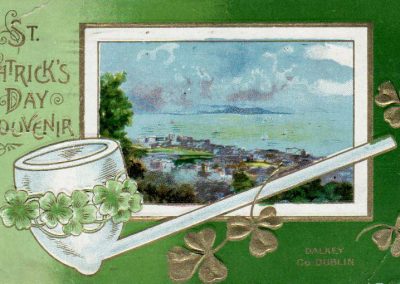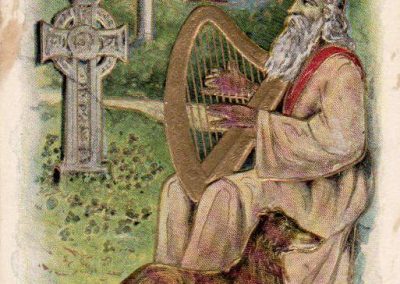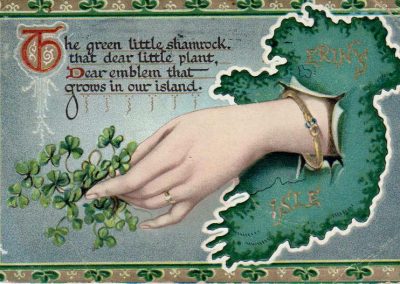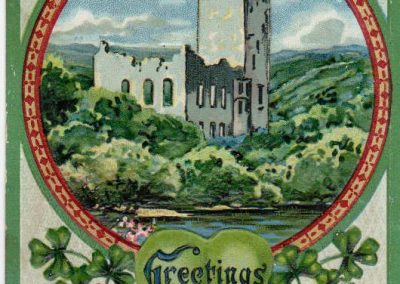history
History of the Black Rock & Irish in Montreal


Read more about the incredible history of the Black Rock Monument
The Largest Gravesite of Irish People Outside of Ireland
First erected in 1859 by Irish labourers building the Victoria Bridge, the Black Rock is the only surviving external sign of the 6,000+ immigrants buried by the shores of the St-Lawrence River in Point-Saint-Charles. The monument is a reminder of a pivotal moment in our city’s cultural development and the largest humanitarian effort in Canadian history until that point. For over a hundred years, the Rock has carried the heavy weight of commemorating these victims of famine and typhus, as well as the Montreal residents who died coming to their aid. Read more about the stone’s storied history and the tragedy of the Irish Famine.
1847 was the middle year of a five-year famine in Ireland. Originally referred to as “The Potato Famine”, the event is currently called “The Great Hunger”.
Detailed records are scarce, but it is estimated that one million or more men, women and children died in Ireland during this period and approximately one million more left Ireland in search of a better life.
Of the one million that left Ireland, it is believed that about 100,000 headed for what was then the colonies of British North America (now Canada).
These immigrants were poor, malnourished and carried with them the dreaded “ship’s fever” known today as typhus: a very contagious and deadly disease.
As they travelled to Canada, many died on the voyage and were buried at sea in the cold Atlantic. It is difficult to determine how many died during the trip, with estimates varying widely from 5000 to more than 15,000.
GLOBAL IRISH FAMINE WAY
Connecting the dots of the Irish diaspora The Montreal Irish Monument Park Foundation is thrilled to announce our participation in extending the Global Irish Famine Way to Canada! This meaningful project commemorates the journey of Irish emigrants during the...
Remains of 14 individual victims of Black 47
History of the Black Rock
History Overview of the “Black Rock” 1847 was the middle year of a five year famine in Ireland. Originally referred to as “The Potato Famine”, the event is currently called “The Great Hunger”. Detailed records are scarce, but it is estimated that one million or...
DNA testing on human remains excavated at site
A Small Project Update, May 31st 2020 As most of you are aware, some months ago, during the REM excavation for the new light transit system, the remains of 14 victims from the 1847 event, were discovered. (This excavation took place in 1% or less of the total area...
Our partners at the Emigrant Support Program and Irish Embassy to Canada have collaborated with St. Michael’s College in Toronto to shed light on the remarkable role of First Nations in Canada giving aid to Irish famine victims in 1847.
People who had no reason to help and were suffering and persecuted themselves decided to contribute to famine relief in a settler’s homeland. Their willingness to help is a credit to their culture of communal welfare and integrity. Watch this video to learn more.

Notable Irish canadians
Irish immigrants have played a major role in Quebec and Canadian history, helping shape our culture, music, government and identity. Many of these historical figures were descendants of the surviving immigrants who fled to Canada during the Great Famine of 1847.
Mary Rose-Anne Bolduc, born Travers (1894 – 1941), better known as La Bolduc, was a star singer-songwriter in the early days of recording and a successful professional musician at a time when this vocation was not readily available to women.
Thomas D’Arcy McGee (1825 – 1868) was an Irish-Canadian politician, Catholic spokesman, journalist, poet, and a Father of Canadian Confederation. He moved to the Province of Canada in 1857 and worked hard to convince the Irish Catholics to cooperate with the Protestant British (members of the church) in forming a Confederation that would make for a self-governing Canada within the British Empire.
Archaeology at the site
Archaeologists from REM and Hydro-Quebec unearth remains with state of the art technology

Montreal Comes to the aid of Irish famine refugees with typhus
As tens of thousands of Irish famine immigrants infected with “ship fever” (typhus) flooded Montreal’s shores, the city’s residents came to their aid, often at the expense of their own lives. Le Typhus by Hamel, the only contemporary painting of the event, pictures the three religious feminine congregations who played the largest role in the rescue effort: “First came the Grey Nuns who gave themselves heart and soul to the fearful labours of the vast lazar-house…. Then the Sisters of Providence… took their places beside the coffin-like wooden beds of the fever patients in the sheds…, When these two large communities were found to be inadequate to take care of the ever-increasing multitude of the sick, a thing came to pass which struck the whole city with admiration. The cloistered Hospitallers of St. Joseph [or Hôtel Dieu nuns], whom the citizens of Montreal had never seen except behind the gratings of their chapel or parlor, or in their own hospital wards, petitioned the Bishop to dispense them their vows of long seclusion, that they might go to the aid of their dear sister communities in the pestilential atmosphere of the fever sheds”. Montreal Mayor John Mills also lost his life helping in the fever sheds of Point-Saint-Charles.

1847-48 Event and Black Rock Historical Sources
Historical writings concerning the event of 1847-48 and the Black Rock Black Rock Manifesto – November 13, 1981 http://news.google.com/newspapers?nid=1946&dat=19811113&id=4FsxAAAAIBAJ&sjid=DaUFAAAAIBAJ&pg=1627,1095003 The Ship Fever Monument – The...






